Atlanta remembers 26 years since Olympic Park bombing
- Oops!Something went wrong.Please try again later.

Each summer, many people in Georgia reminisce on memories from the Centennial Olympics in Atlanta that were held 26 years ago.
There were memorable moments from Muhammad Ali lighting the Olympic torch to sprinter Michael Johnson winning multiple gold medals and gymnast Kerri Strug winning gold despite a foot injury, but there was also one moment that many won’t forget: The moment a bomb ripped through Centennial Olympic Park.
Revelers were enjoying the festive atmosphere when, around 1:20 a.m. on July 27, an explosion rocked the park. Two people died and another 110 were injured.
[DOWNLOAD: Free WSB-TV News app for alerts as news breaks]
The convicted bomber, Eric Robert Rudolph, targeted the park using a bomb hidden in a backpack.
Security guard Richard Jewell, who was having trouble with rowdy college kids, went for backup and found Georgia Bureau of Investigation agent Tom Davis. When they returned to the area where the kids had been, Jewell spotted an abandoned backpack.
Bomb specialists they called in to deal with the backpack took a look -- and ordered them to evacuate the area immediately. Jewell, Davis and other law enforcement officers cleared the area, including a nearby TV camera tower.
That’s when the bomb exploded.
“It was just a huge explosion,” Davis told the Atlanta Journal-Constitution in 2016. “A very loud explosion and a lot of heat. It forced me to the ground. I just saw people laying everywhere, many of them screaming and hurt severely.”
RELATED STORIES:
Richard Jewell to be honored with memorial in Centennial Olympic Park
Serial bomber Eric Rudolph targeted Olympics, gay club, abortion clinics
Olympic Park bomber asks to be resentenced, using ruling for Boston Bomber as part of argument
Davis was one of the more than 100 who were injured by shrapnel from the bomb. Nearby, he could see the body of Alice Hawthorne, a 44-year-old mother from Albany who had traveled to Atlanta with her daughter to see the Games. Her 14-year-old daughter was injured.
“It was a very sad night. For it to be such a great event and then for this to take place, it was very hard,” Hawthorne’s cousin Martha Peeples told Channel 2′s Richard Elliot on the 25th anniversary of her death in 2021.
The second person who died that night was Melih Uzunyol, a Turkish journalist who suffered a fatal heart attack as he rushed to the scene, the Journal-Constitution reported.
Law enforcement worked to track down the bomber and protect people in case he struck again.
“It was high pressure. It was pretty crazy. It was a troublesome time. We didn’t know if the Olympics would go on or not, and the planners decided that it would go on. Great call,” said former U.S. Attorney Kent Alexander, who was one of the lead law enforcement officers trying to track down the bomber.
Jewell, who is now considered a hero for saving the lives of more than two dozen people, was initially considered a suspect in the case. Though he was cleared about three months after the bombing, the cloud of suspicion hung over his head until Rudolph’s arrest nearly seven years later.
Jewell died of a heart attack in 2007 at age 44.
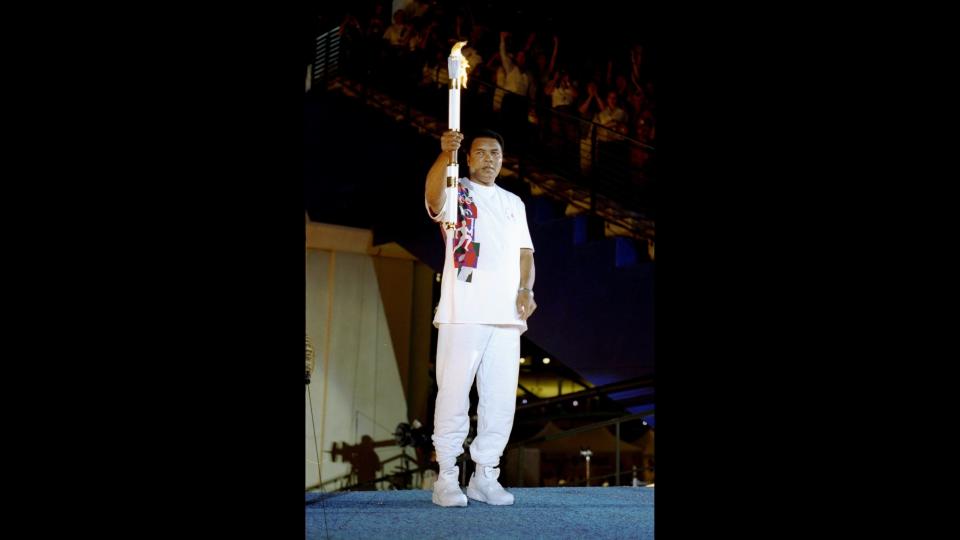
19 Jul 1996: Muhammad Ali holds the torch before lighting the Olympic Flame during the Opening Ceremony of the 1996 Centennial Olympic Games in Atlanta, Georgia. (Mandatory Credit: Michael Cooper/Getty Images)

No. 10 - Muhammad Ali holds the torch before lighting the Olympic Flame during the Opening Ceremony of the 1996 Centennial Olympic Games in Atlanta, Georgia, on July 19, 1996. (Mandatory Credit: Michael Cooper/Allsport)
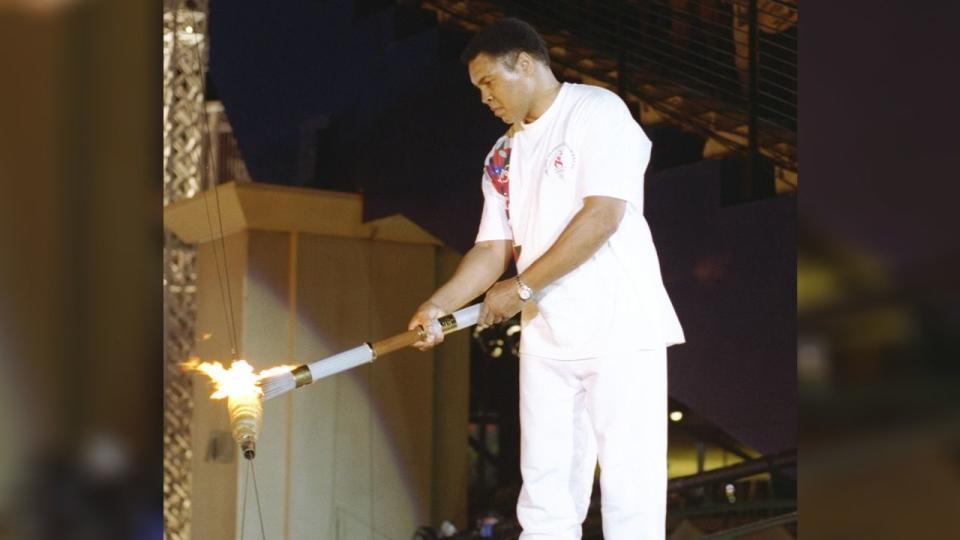
July 19, 1996: Muhammad Ali holds the torch before lighting the Olympic Flame during the Opening Ceremony of the 1996 Centennial Olympic Games in Atlanta, Georgia. (Credit: Michael Cooper, Allsport)" height="720" width="1280"/>
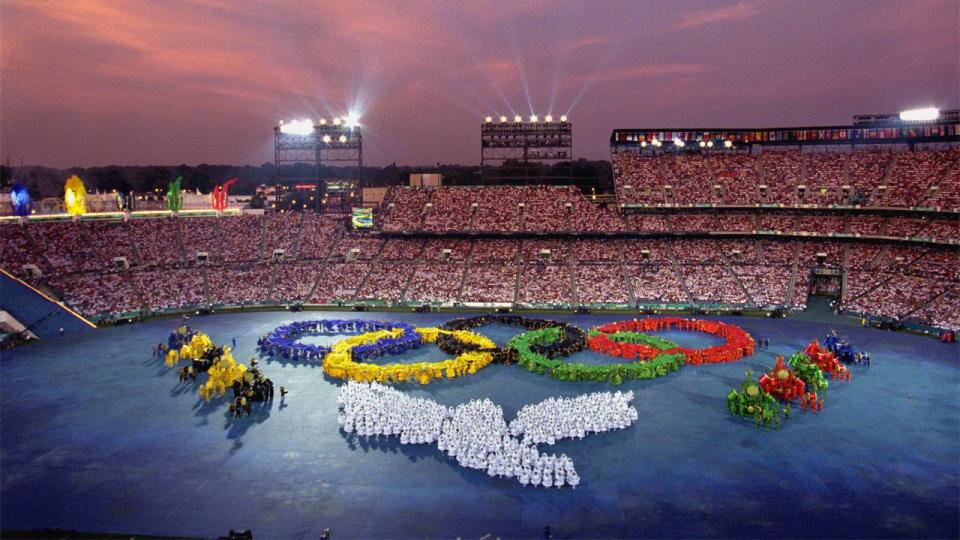
Performers form the Olympic Rings during the Opening Ceremonies of the 1996 Olympic Games on July 19, 1996 at Olympic Stadium in Atlanta, Georgia.
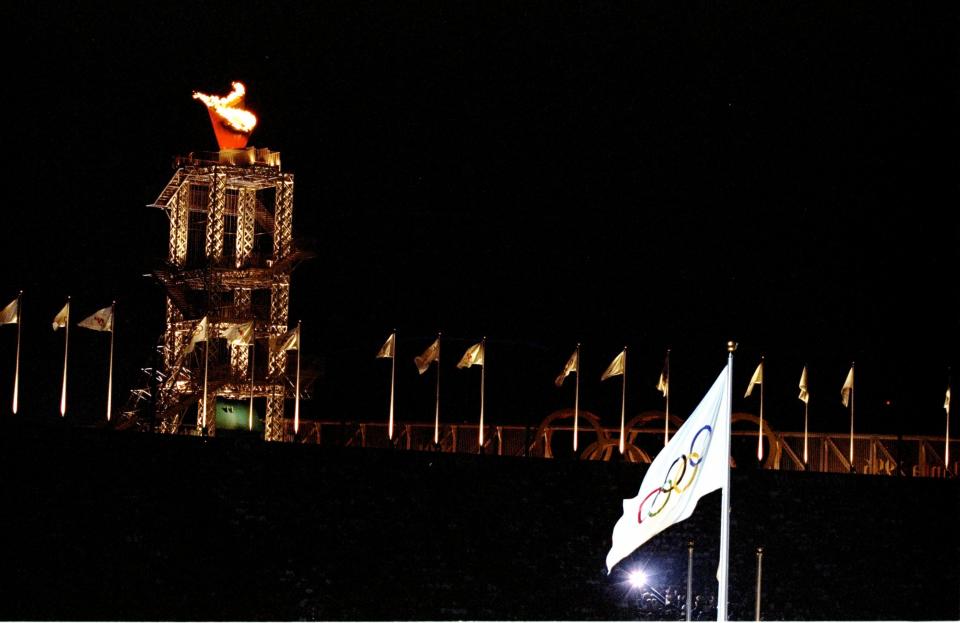
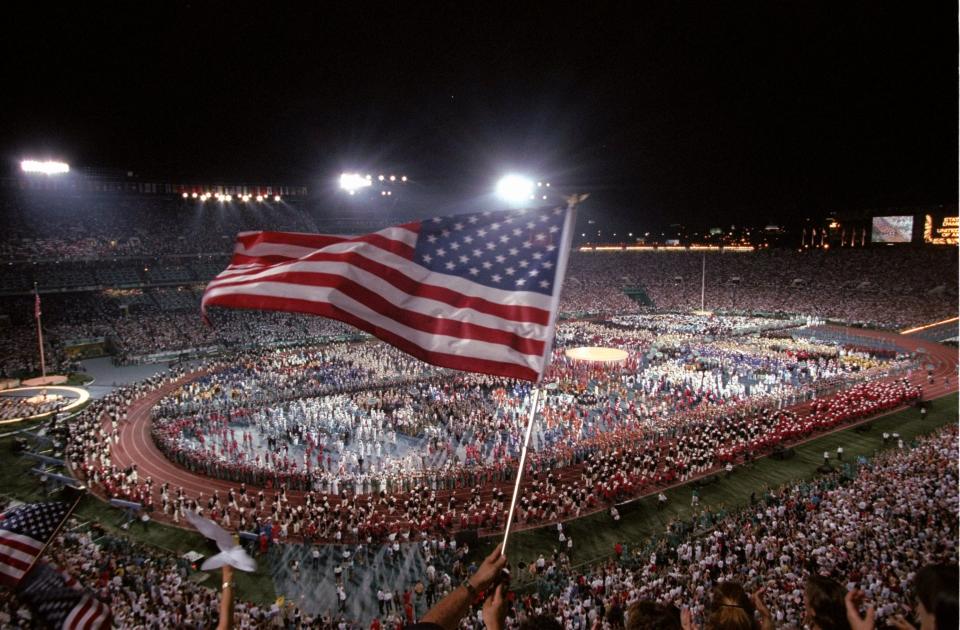

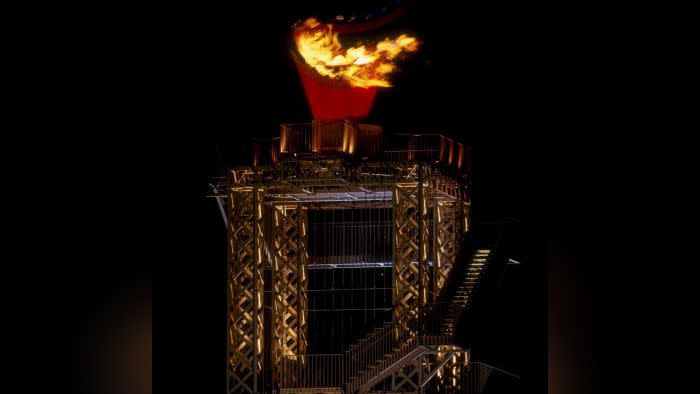
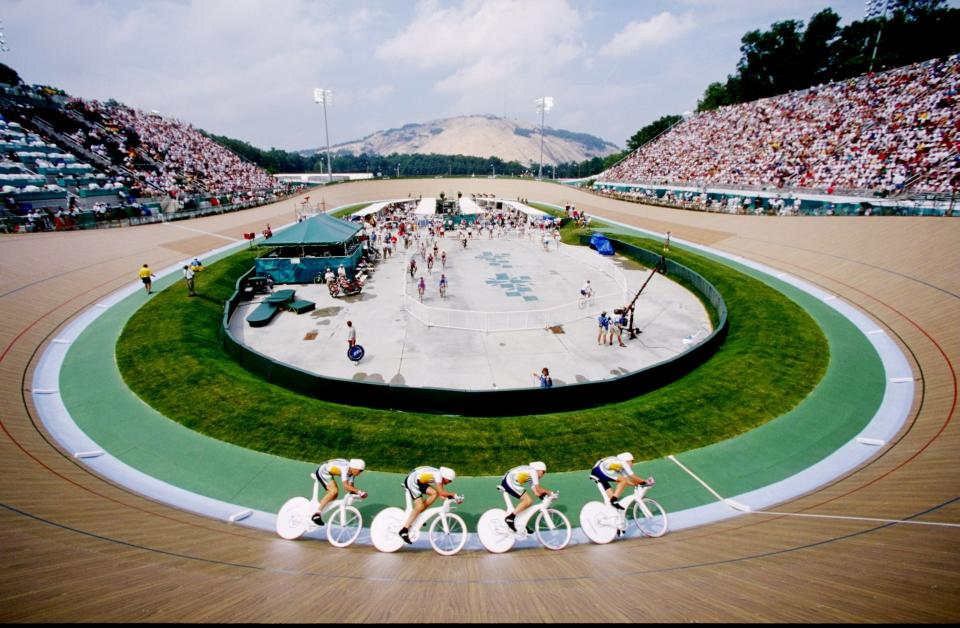
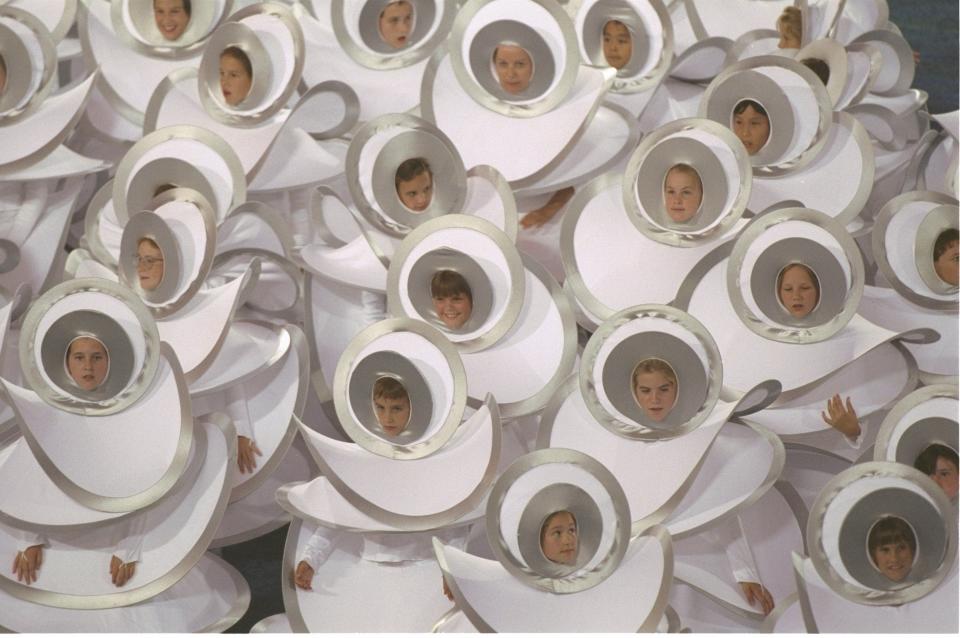
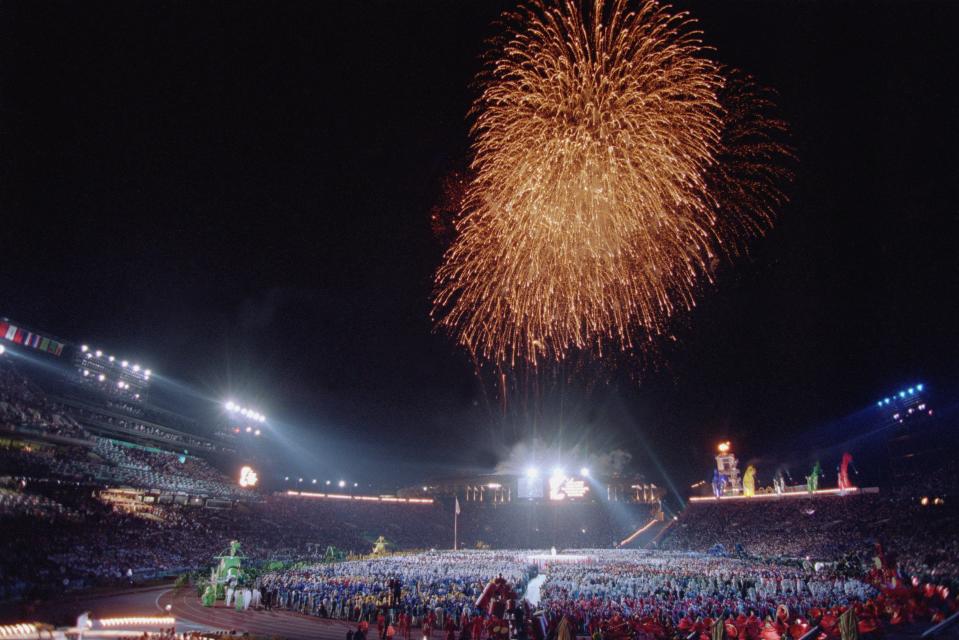
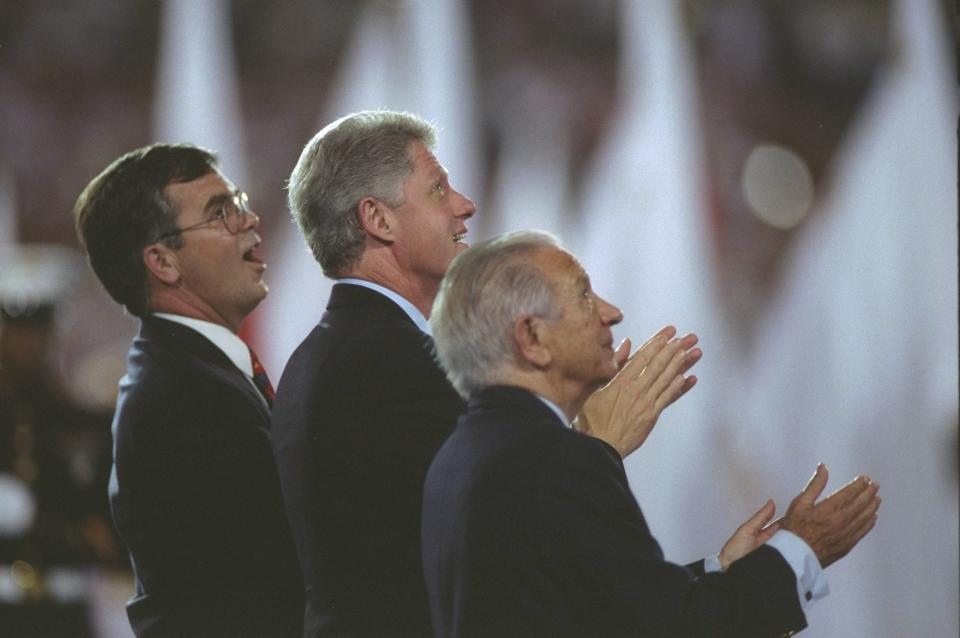
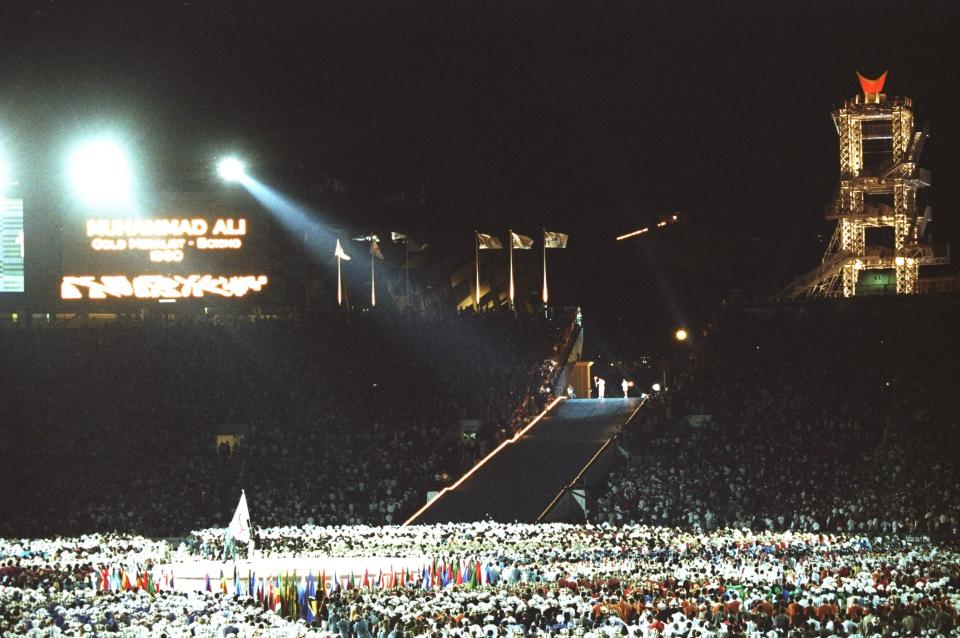
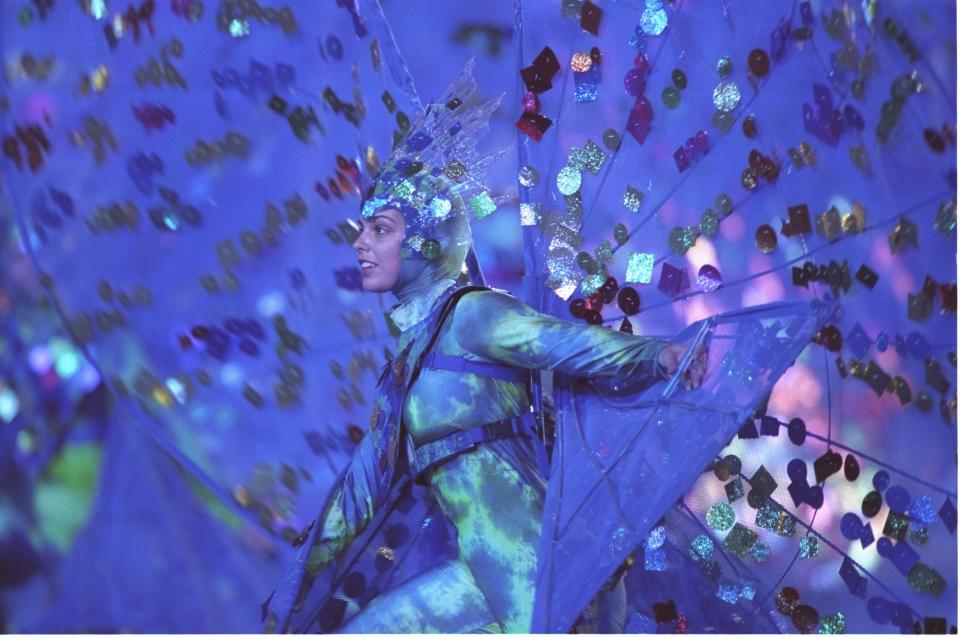
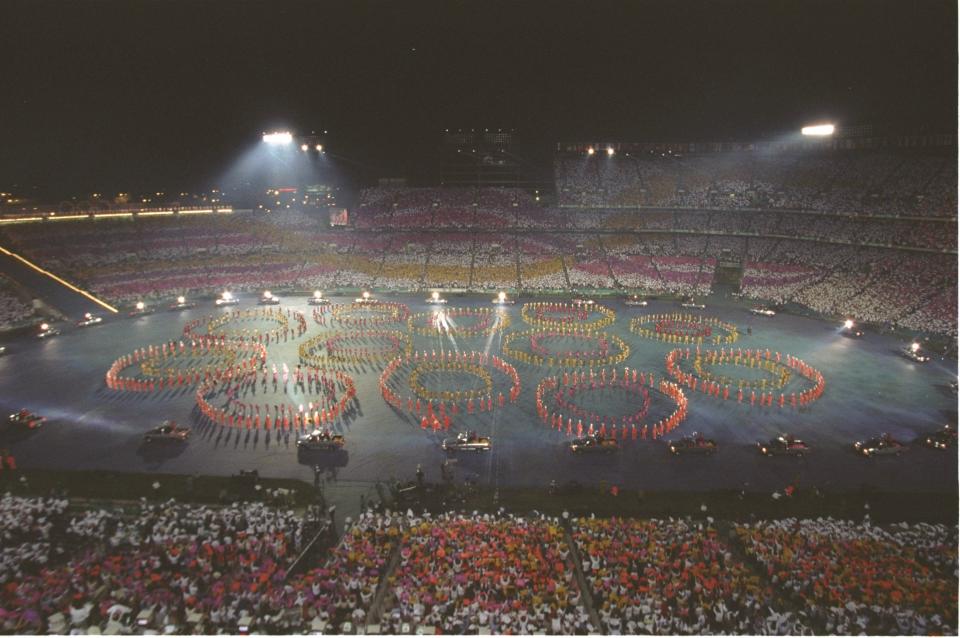
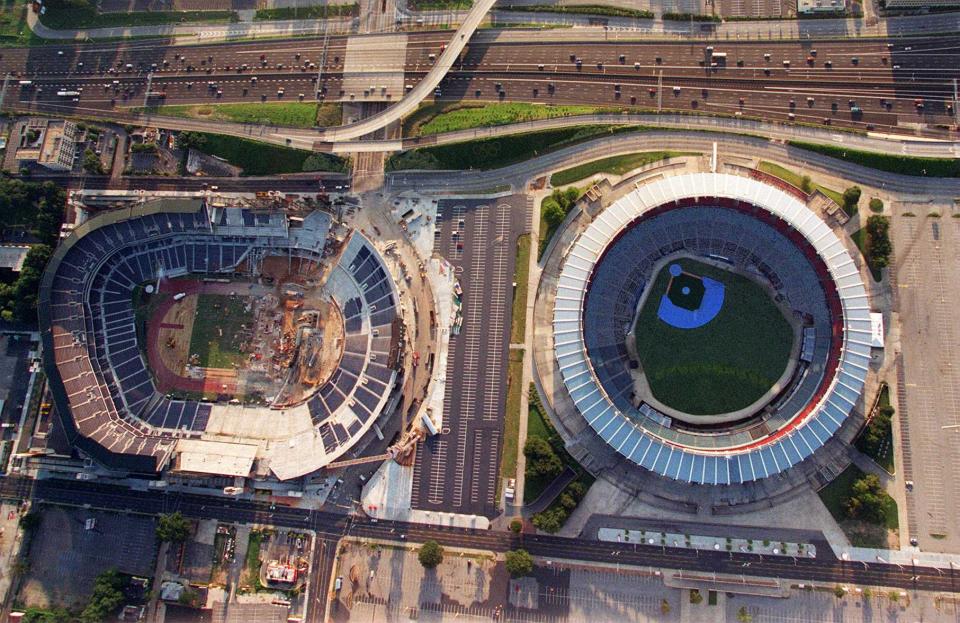
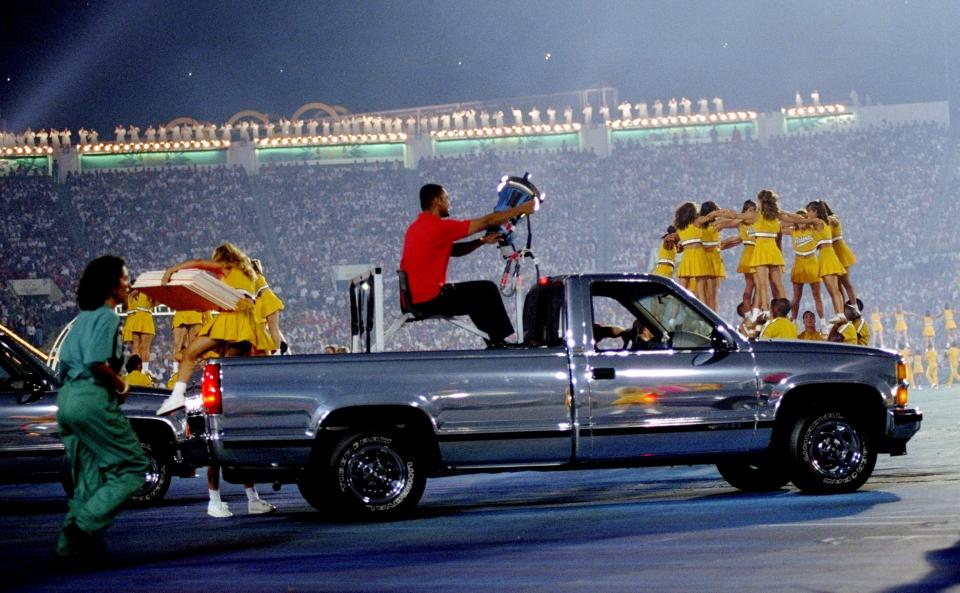
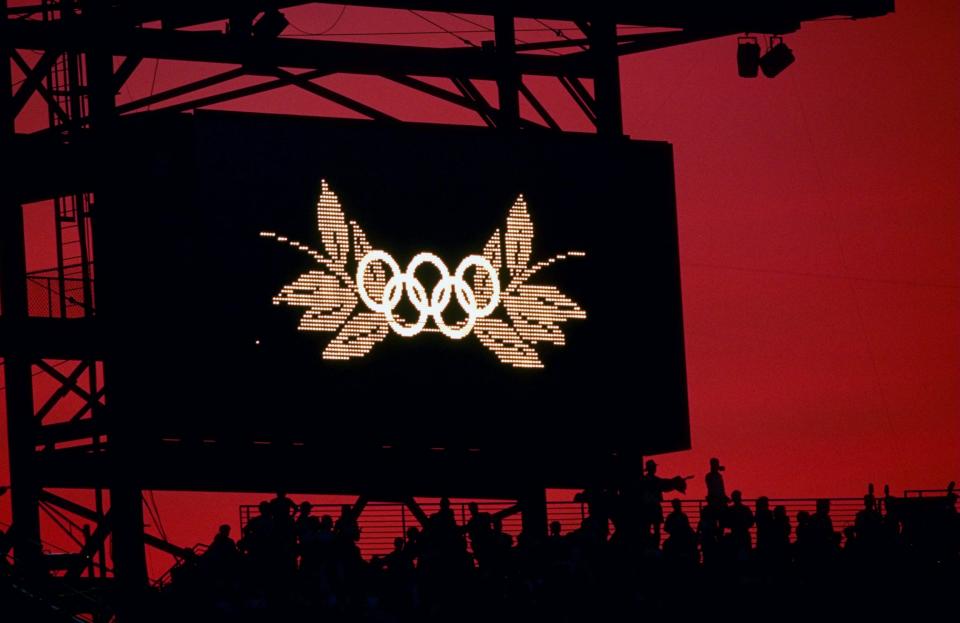

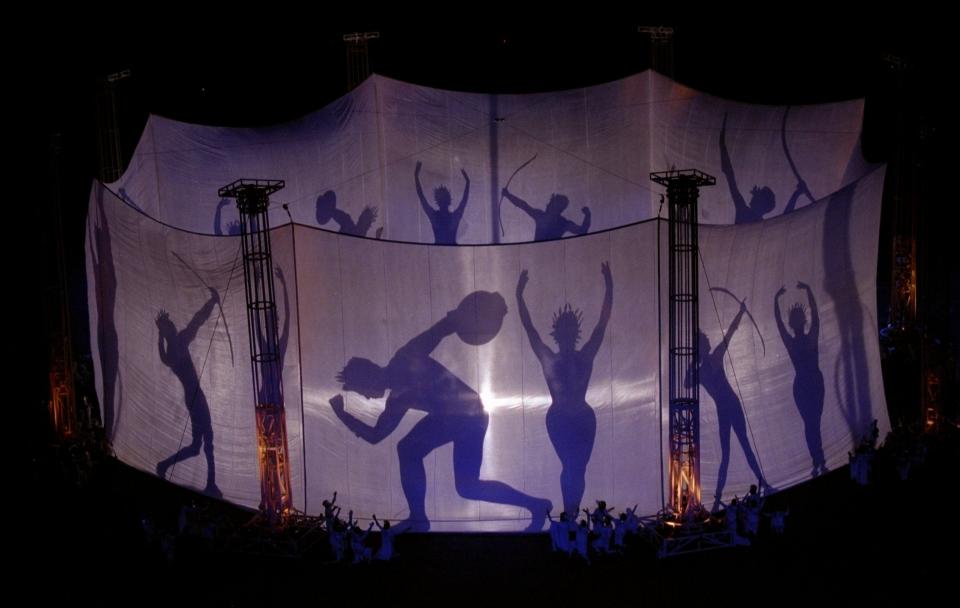
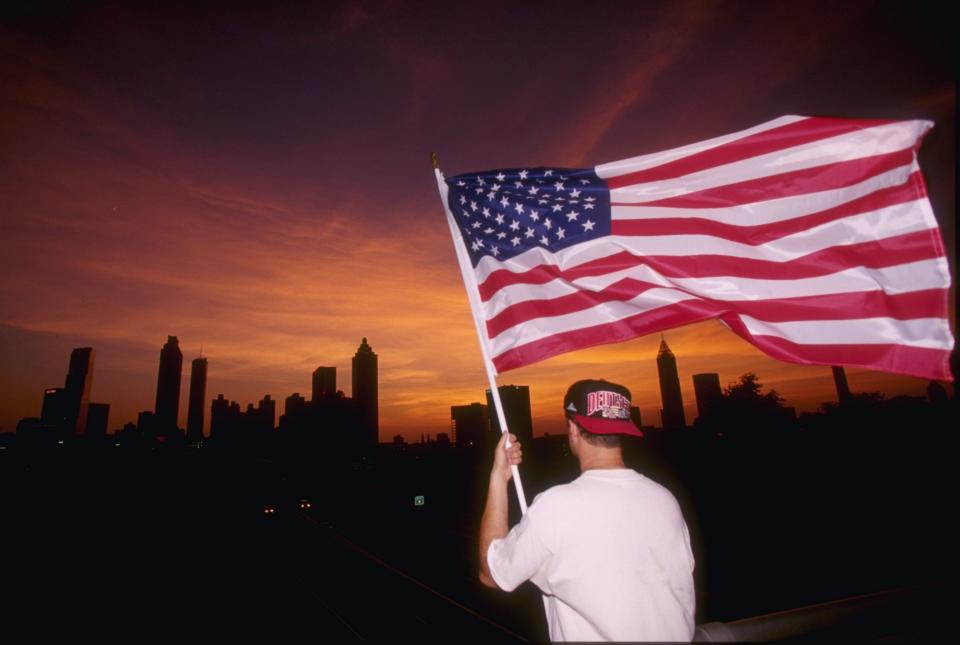
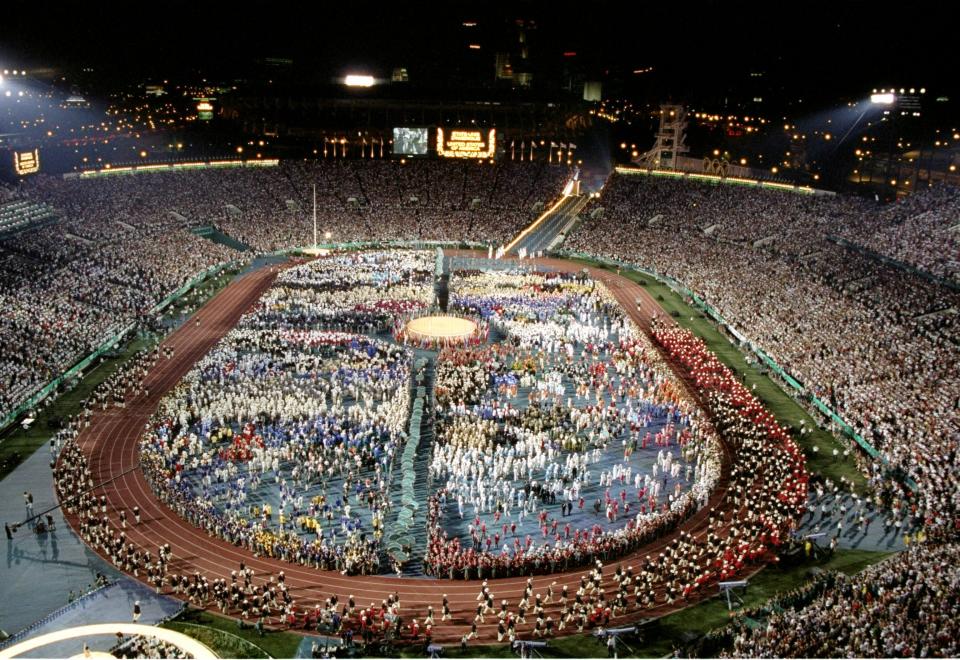
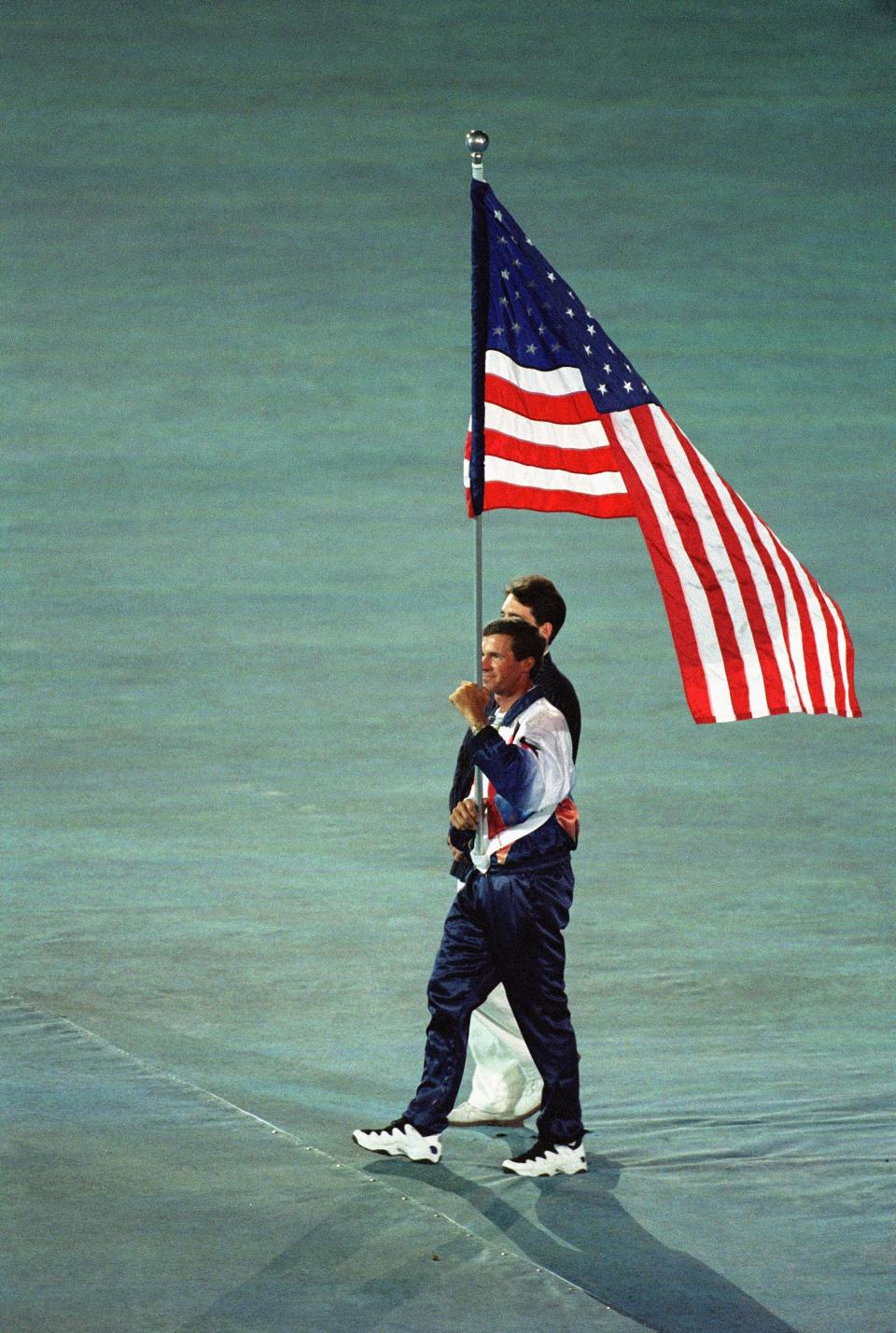
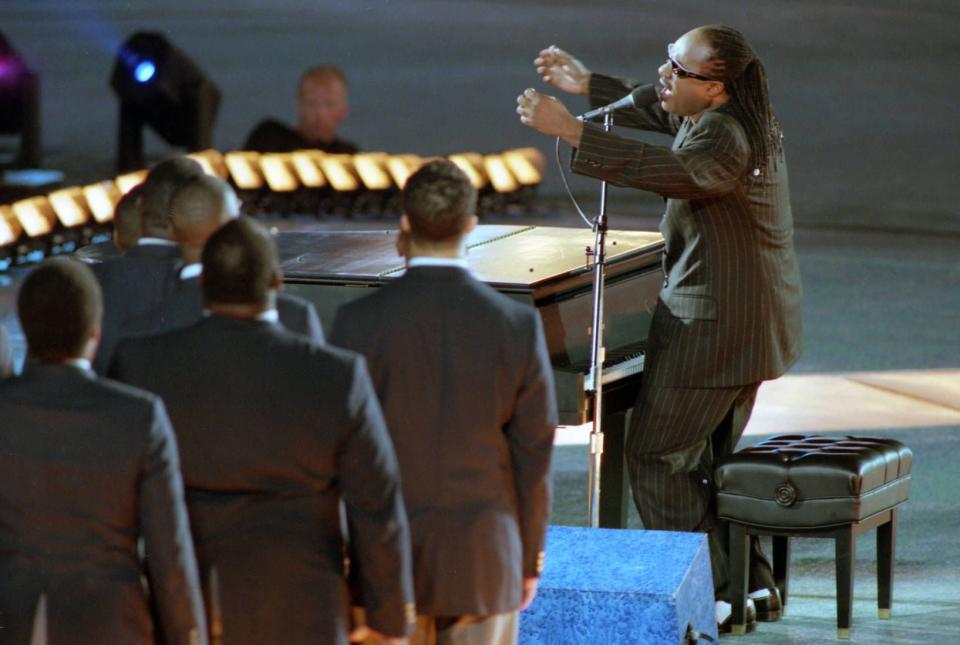
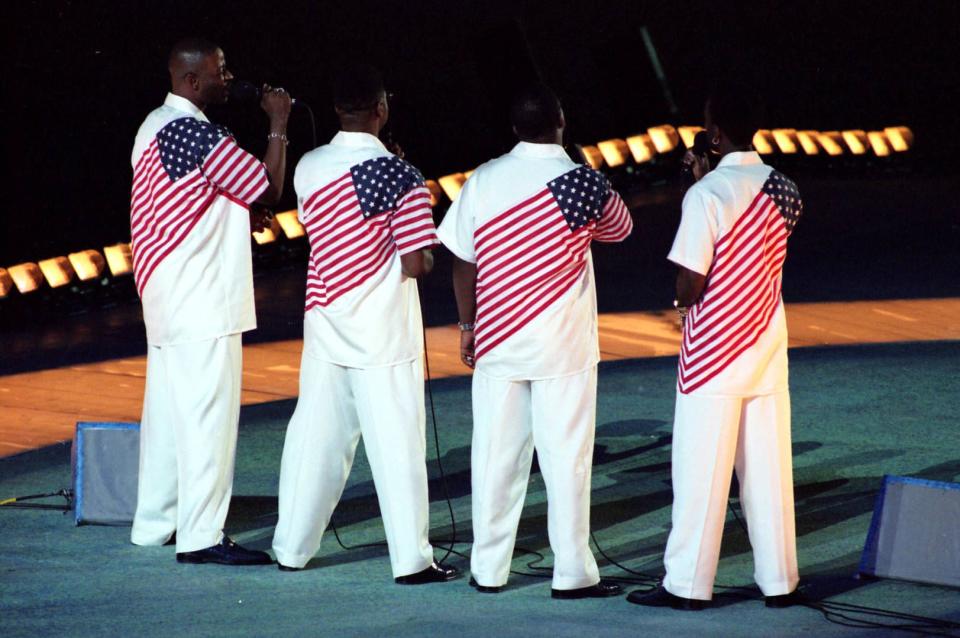
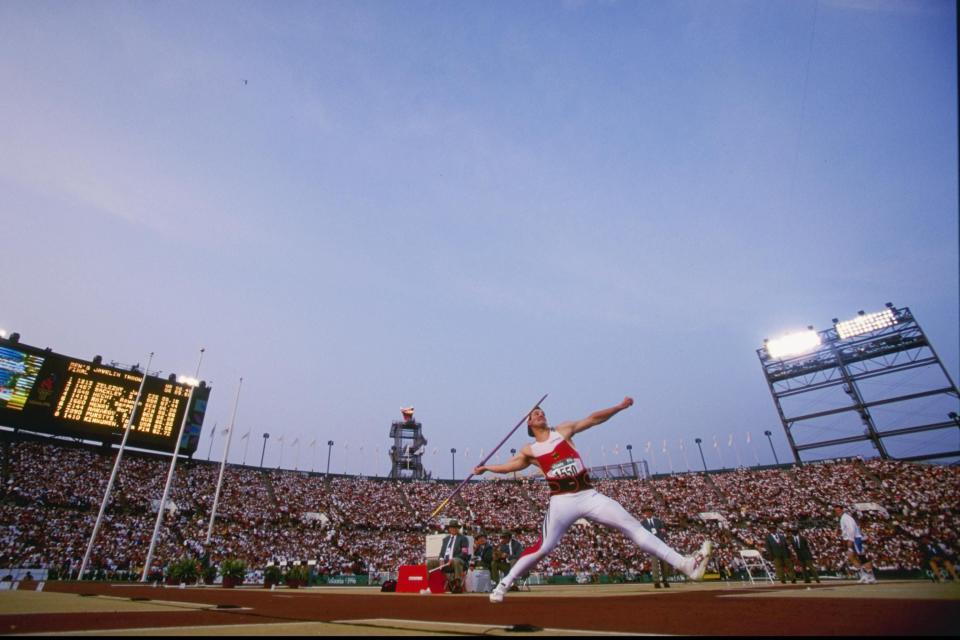
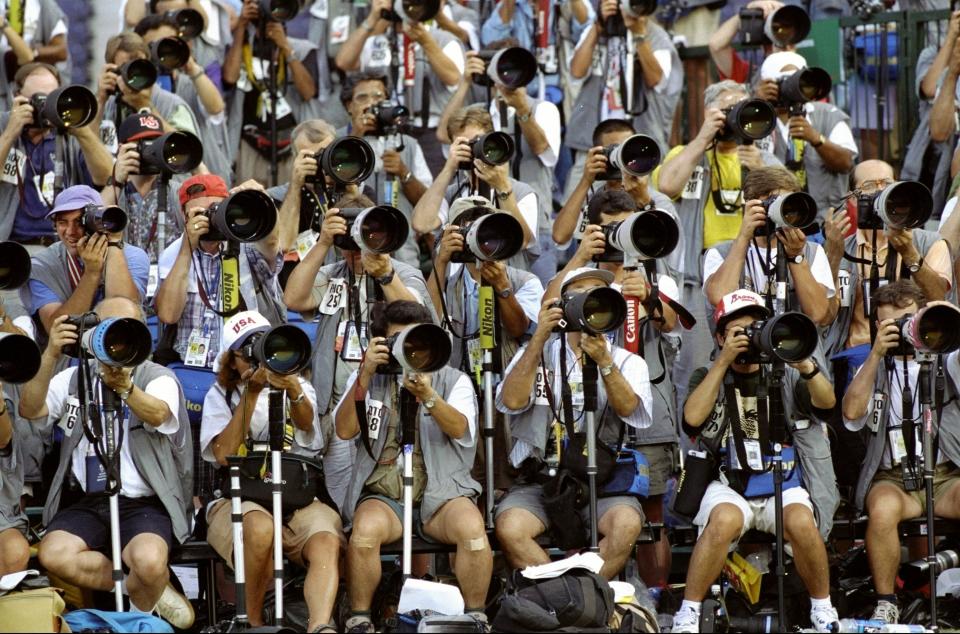
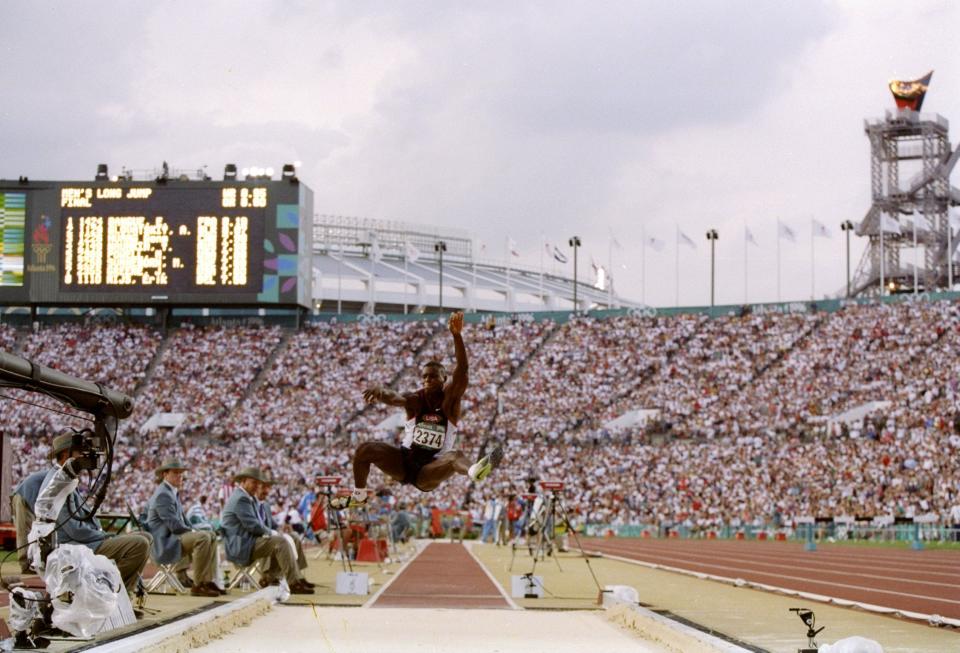
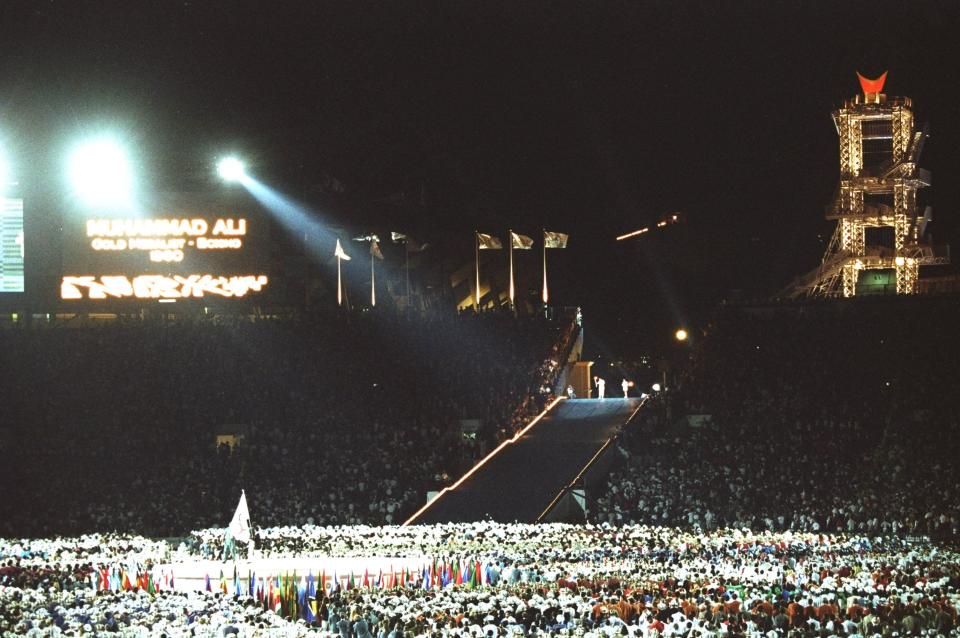
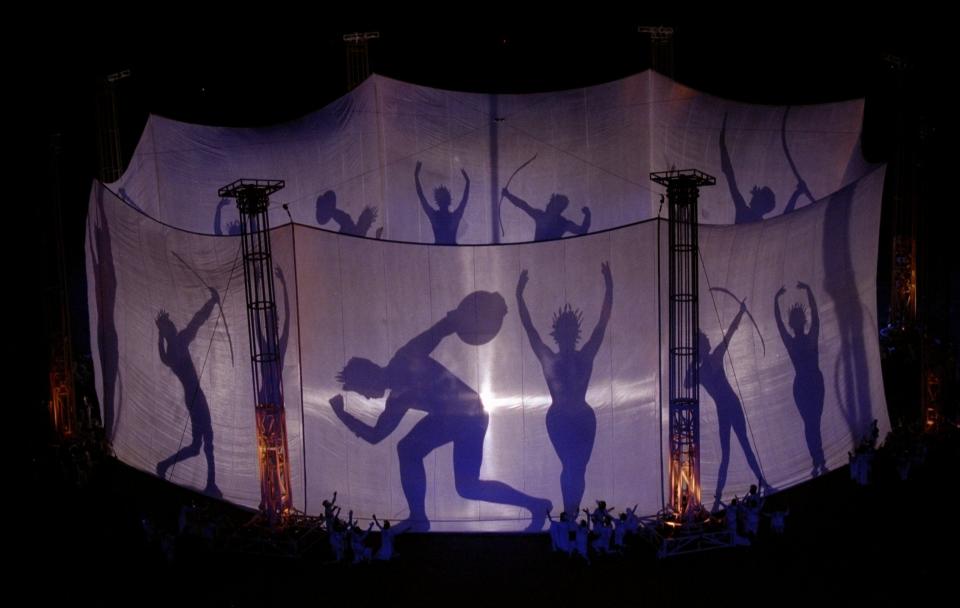
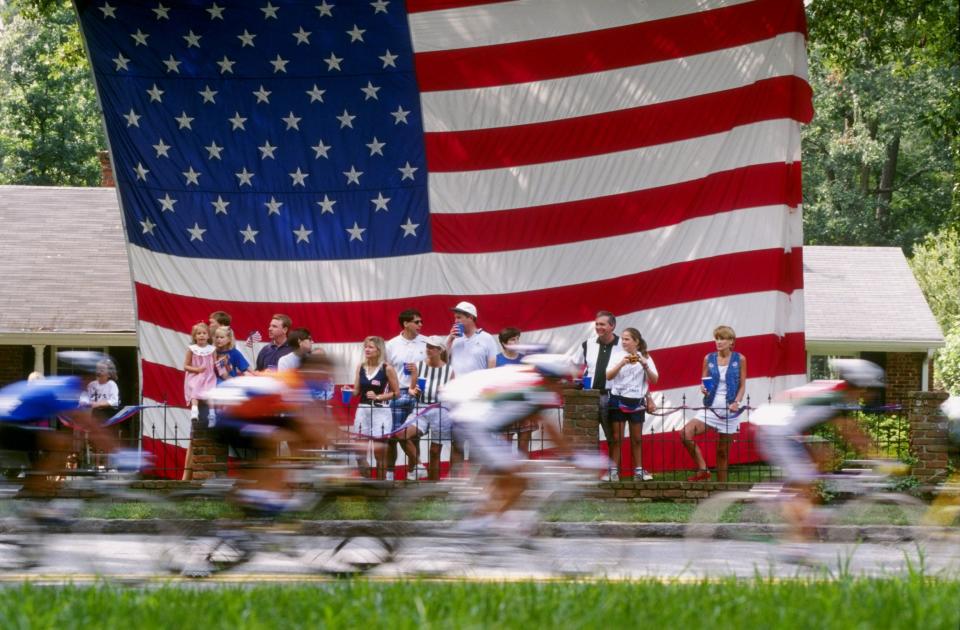
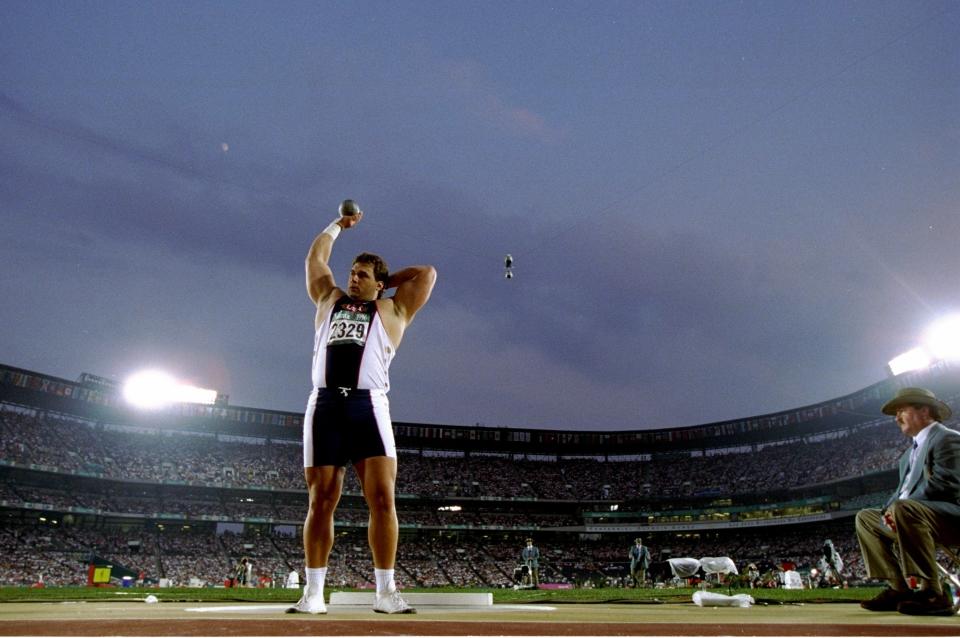
Eric Robert Rudolph’s reign of terror continues
Rudolph, who years later issued a detailed manifesto outlining his anti-abortion, anti-gay beliefs, next bombed an abortion clinic in January 1997 in the Atlanta suburb of Sandy Springs. About a month later, he bombed an Atlanta lesbian bar, the Otherside Lounge, injuring five of the patrons there.
In both of those bombings, Rudolph had planted secondary bombs timed to detonate after police and emergency personnel had arrived, the New York Times reported at the time. In the Sandy Springs bombing at Atlanta Northside Family Planning Services, it was the second bomb that injured six people, including detectives and reporters covering the first explosion.
Police investigating the bombing at the Otherside Lounge found the second bomb in a backpack in the parking lot, the Times reported. The Atlanta Police Department’s bomb squad used a robot to detonate the device.
Rhonda Armstrong, a bartender at the club, told the Times a few days after the bombing that patrons at first thought someone had shot a woman there.
“She rolled her sleeve up and had a spike nail through her arm,” Armstrong told the newspaper.
All of Rudolph’s bombs were similar in that they used nails and other shrapnel to maim and kill his victims.
His final bombing took place Jan. 29, 1998, at New Woman All Women Health Care in Birmingham, where he left a FedEx box packed with dynamite and nails in some bushes near the entrance. As nurse Emily Lyons arrived for work around 7:30 a.m. that morning, she and clinic security guard Robert “Sandy” Sanderson -- also an off-duty Birmingham police officer -- spotted the package.
As soon as Sanderson touched the package, it exploded, sending shrapnel through his body and killing him instantly, according to AL.com. Lyons survived the blast, but lost an eye and was left with chronic injuries and pain.
The bombing was the first fatal bombing of an abortion clinic in the United States.
Slip up leads to arrest
It was in Birmingham that Rudolph finally slipped up. He used a remote device to detonate the bomb, watching from a distance the explosion that killed Sanderson and maimed Lyons.
A University of Alabama in Birmingham student who felt his dormitory shake from the blast ran outside. That alert pre-med student, Jermaine Hughes, noticed the sort of odd behavior that, decades later, would help federal investigators pin down the Boston Marathon bombers.
As everyone within blocks of the explosion ran toward the devastation, Rudolph walked in the opposite direction.
Suspicious, Hughes jumped into his car and drove around Rudolph, who was on foot, to get a good look at his face. Then he ran into a nearby McDonald’s and called police, the Los Angeles Times reported.
Jeff Tickal, a lawyer in Birmingham from Opelika, was there eating breakfast when he heard Hughes urging the dispatcher to send help. When he also spotted Rudolph, Tickal began following him.
Seeing Rudolph disappear into some woods, Tickal got in his own car and began looking for the suspicious man. By happenstance, he found the road where Rudolph had hidden his truck and watched as Rudolph emerged from the woods.
Tickal followed him when he drove away, writing Rudolph’s license plate number on his coffee cup from breakfast, the Los Angeles Times reported. He pulled up beside Rudolph at a light and got a look at his face.
When the light turned green, Rudolph drove on and Tickal sought out a police officer. By that time, Hughes had also spotted Rudolph behind the wheel and jotted down the truck’s license plate number on an envelope he had in his car.
The combined actions of Tickal and Hughes gave a name to the bomber.
Richard D. Schwein Jr., who in 2014 retired from the FBI as the special agent in charge of the Birmingham division, told AL.com in 2013 that identifying Rudolph underscored the importance of those witnesses.
“This kid saw Rudolph as an anomaly, much like (in) the Boston bombings,” Schwein said. “Everybody else was going in one direction; this guy was going in another direction. Everybody else was kind of in a panic and he was calm. And the witness thought right away, ‘This has got to be the bomber,’ and followed him.”
Law enforcement descended on Rudolph’s North Carolina home, but he was nowhere to be found. He was soon on the FBI’s 10 Most Wanted list, but it would be another five years before the avid outdoorsman and survivalist, who vanished in the mountains, would be captured.
The Bureau of Alcohol, Tobacco, Firearms and Explosives said it was ultimately a small-town police officer who brought one of the largest manhunts in U.S. history to an end. Jeff Postell, a 21-year-old rookie on the Murphy, North Carolina, police force was on patrol around 3 a.m. May 31, 2003, when he spotted a man rummaging for food in a dumpster behind a grocery store.
Though the man, later identified as Rudolph, tried to hide, he was taken into custody.
Rudolph pleaded guilty to all four bombings in April 2005 to avoid the death penalty, the New York Times reported. He was sentenced to four life sentences without the possibility of parole.
[SIGN UP: WSB-TV Daily Headlines Newsletter]

